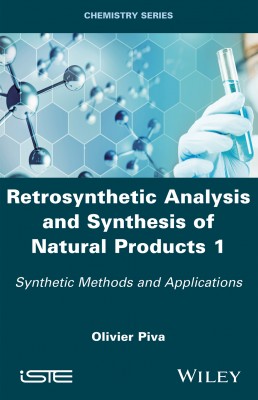
For chemists, attempting to mimic nature by synthesizing complex natural products from raw material is a challenge that is fraught with pitfalls. To tackle this unique but potentially rewarding task, researchers can rely on well-established reactions and methods of practice, or apply their own synthesis methods to verify their potential. Whatever the goal and its complexity, there are multiple ways of achieving it. We must now establish a strategic and effective plan that requires the minimum number of steps, but lends itself to widespread use.
This book is structured around the study of a dozen target products (butyrolactone, macrolide, indole compound, cyclobutanic terpene, spiro- and polycyclic derivatives, etc.). For each product, the different disconnections are presented and the associated syntheses are analyzed step by step. The key reactions are described explicitly, followed by diagrams showing the range of impact of certain transformations. This set of data alone is conducive to understanding syntheses and indulging in this difficult, but worthwhile activity.
1. Total Synthesis: Some Elements to Contemplate.
2. Squamostolide.
3. Rubrenolide.
4. Bipinnatin J.
5. Tubingensin B.
6. Polygonatine A.
7. (+) - Intricatetraol.
8. Enigmazole A.
9. Biyouyanagin A.
10. Elatol.
11. Thiomarinol H.
12. Oblongolides A and C.
Olivier Piva is Professor of Organic Chemistry and Head of ICBMS at University Claude Bernard Lyon 1, France. His research interests encompass metathesis and photochemistry and their applications to the total synthesis of natural products.